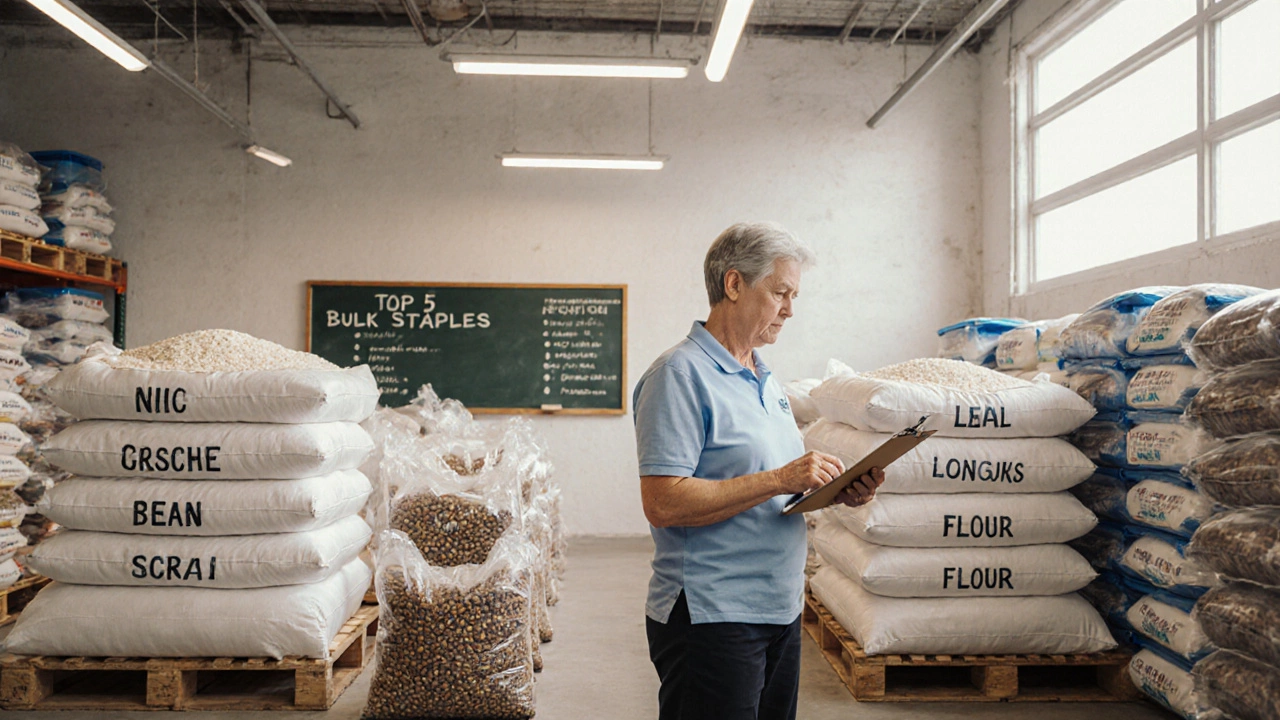Low-Cost Meals
When talking about low-cost meals, affordable food options that are prepared or distributed by charities, churches, and community groups. Also known as budget-friendly meals, low-cost meals help people who can’t afford a full grocery bill. They often appear as part of homeless programs, services that provide shelter, counseling, and essential daily needs to people without stable housing and are organized through community outreach, the effort to connect volunteers, donors, and local agencies with the people who need help the most. By delivering low-cost meals, these initiatives tackle food insecurity, give dignity to the hungry, and create a safety net that many rely on.
Why Low-Cost Meals Matter in Today’s World
Food insecurity isn’t just a statistic; it’s a daily reality for thousands in Varanasi and beyond. When a family can’t purchase enough nutritious food, the effects ripple through health, education, and employment. Low-cost meals act as a bridge between scarcity and stability. They provide immediate relief while giving volunteers a chance to practice essential skills. In fact, the ability to plan, cook, and distribute meals is a core volunteer skill, a competency that includes teamwork, food safety knowledge, and basic budgeting that many charities look for. When volunteers master these skills, they become more effective, and the overall impact of meal programs grows.
Community outreach teams use low-cost meals to build trust within neighborhoods. A regular soup kitchen or a pop‑up snack stall becomes a meeting point where people feel seen and heard. These hubs often turn into information centers where participants learn about housing options, health clinics, and job training. That’s why the link between low-cost meals and homeless programs is so strong: meals open the door for deeper services, and the programs provide the logistical backbone for consistent food delivery. The relationship can be summed up as a semantic triple – low‑cost meals support homeless programs, homeless programs enhance community outreach, and community outreach facilitates low‑cost meals.
Funding for these meals often comes from charitable giving, local businesses, and faith‑based donations. Even a small contribution can cover the cost of a dozen meals, which in turn feeds dozens of individuals. When donors understand that their money translates directly into a plate of rice, lentils, or a simple sandwich, they are more likely to give regularly. This creates a sustainable loop: more meals mean more visibility, which drives more donations, which then funds more meals. The cycle proves that low‑cost meals are not just a stop‑gap; they are a catalyst for long‑term community resilience.
Below you’ll find a curated set of articles that dig deeper into each piece of this puzzle. From successful homeless program models to the exact volunteer skills that make a kitchen run smoothly, the posts offer practical steps, real‑world examples, and clear guidance. Whether you’re a volunteer looking to sharpen your abilities, a donor wanting to see impact, or a community leader planning a new outreach effort, the collection gives you the tools you need to turn low‑cost meals into lasting change.

Cheapest Bulk Foods to Feed Large Groups - Affordable Options for Food Banks
- Oct, 25 2025
- 0
Discover the cheapest bulk foods that can feed large groups, with prices, nutrition data, storage tips, recipes, and sourcing strategies for food banks.
Categories
- Volunteering (40)
- Environment (36)
- Youth Programs (33)
- Charity Events (30)
- Homelessness (28)
- Charitable Organizations (26)
- Community Outreach (26)
- Community Support (18)
- Finance (13)
- Education (10)
Archives
- December 2025 (10)
- November 2025 (8)
- October 2025 (23)
- September 2025 (4)
- August 2025 (8)
- July 2025 (31)
- June 2025 (29)
- May 2025 (30)
- April 2025 (31)
- March 2025 (30)
- February 2025 (28)
- January 2025 (33)
- charity events
- after-school clubs
- community outreach
- community service
- charitable trust
- philanthropy
- volunteering
- environmental groups
- homeless shelters
- volunteer opportunities
- community engagement
- charitable giving
- estate planning
- mental health
- charity
- student engagement
- community help
- donations
- volunteer
- youth organizations